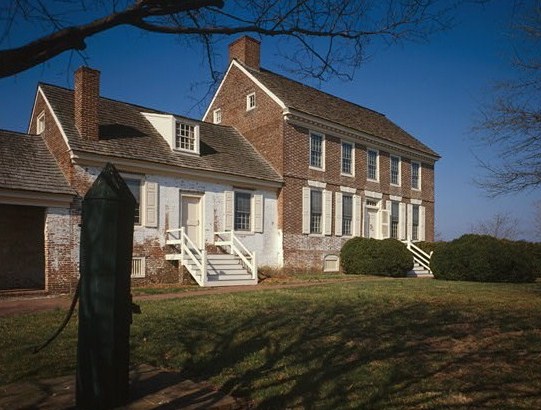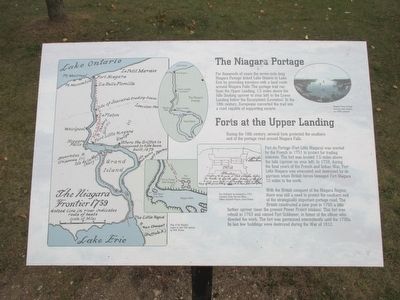Welcome to the John Dickinson House, a site steeped in the rich history of America’s founding era. Also known as Poplar Hall, this Georgian mansion is located in Kent County, Delaware, just five miles south of Dover. It stands as a testament to the life and legacy of John Dickinson, a prominent Founding Father often referred to as the ‘Penman of the Revolution.’
The house was built in 1739-40 by Judge Samuel Dickinson, John’s father, on a sprawling 13,000-acre plantation. Young John Dickinson spent his formative years here, absorbing the values and ideas that would later shape his influential political career. Although he left for Philadelphia at 18 to study law, Dickinson’s connection to his childhood home remained strong throughout his life.
Dickinson played a pivotal role in the early governance of the United States. He was a principal author of the Articles of Confederation and participated in drafting the U.S. Constitution. Despite his initial opposition to the Declaration of Independence—fearing it would lead to a war America was not prepared for—he later supported the Revolutionary cause and served in several key governmental positions.
The John Dickinson House has witnessed its share of historical events. In August 1781, it suffered damage during a British raid amid the Revolutionary War. A fire nearly destroyed it in 1804, but Dickinson personally oversaw its restoration, ensuring the building retained much of its original character.
Over time, the house has evolved from a private residence to a historical museum operated by the Delaware Division of Historical and Cultural Affairs. It became part of the First State National Historical Park in 2013, preserving its legacy for future generations to explore.
Visitors to the house can imagine the bustling life on a colonial plantation while also reflecting on the profound political debates that once echoed through its halls. John Dickinson’s story is one of cautious wisdom and unwavering commitment to American ideals, and this house remains a vivid reminder of those pivotal early years in the nation’s history.



